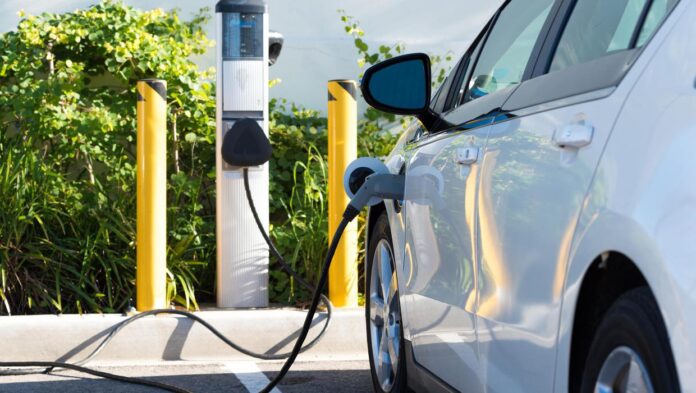As consumers seek eco-friendly and cost-effective transportation options, electric vehicles (EVs) are becoming a more common choice. However, for widespread adoption, it’s essential that the charging infrastructure evolves to support this growing demand. This blog post will examine the current state of the EV charging infrastructure and the developments we can expect in the future.
Current State of the EV Charging Infrastructure
Today, there are more than 90,000 charging stations in the United States, with over 250,000 charging outlets. However, this network is still not enough to meet the needs of a rapidly growing number of EVs. Charging station availability varies greatly depending on location, with urban areas having a higher concentration of charging stations than rural areas. In addition, there is a lack of consistency in charging speeds and pricing, making it difficult for EV owners to plan long-distance trips.
What to Expect in the Future
In the coming years, the EV charging infrastructure is expected to undergo significant growth and development. The following five changes are to be expected in the following years:
Increased Charging Station Availability
With more EVs on the road, the demand for charging stations is only going to increase. Governments and private companies are investing in charging station development, and we can expect to see a significant increase in charging station availability in the coming years.
Faster Charging Speeds
Currently, most charging stations take several hours to fully charge an EV battery. However, in the future, we can expect to see the introduction of fast-charging stations that can charge an EV battery in less than 30 minutes.
Standardization of Charging Connectors
Currently, there are several different types of charging connectors, which can make it confusing for EV owners. In the future, we can expect to see a standardization of charging connectors, making it easier for EV owners to use any charging station they come across.
Expansion into Rural Areas
Currently, charging stations are concentrated in urban areas, leaving rural areas with limited charging options. In the future, we can expect to see the expansion of the charging infrastructure into rural areas, making it easier for rural EV owners to travel long distances.
Improved Charging Network Integration
In the future, we can expect to see an improved integration of charging networks, making it easier for EV owners to locate and use charging stations.
The future of the EV charging infrastructure looks bright, with a significant increase in charging station availability, faster charging speeds, standardization of charging connectors, expansion into rural areas, and improved charging network integration. With these changes, we can expect to see widespread adoption of EVs, leading to a greener and more sustainable future.











